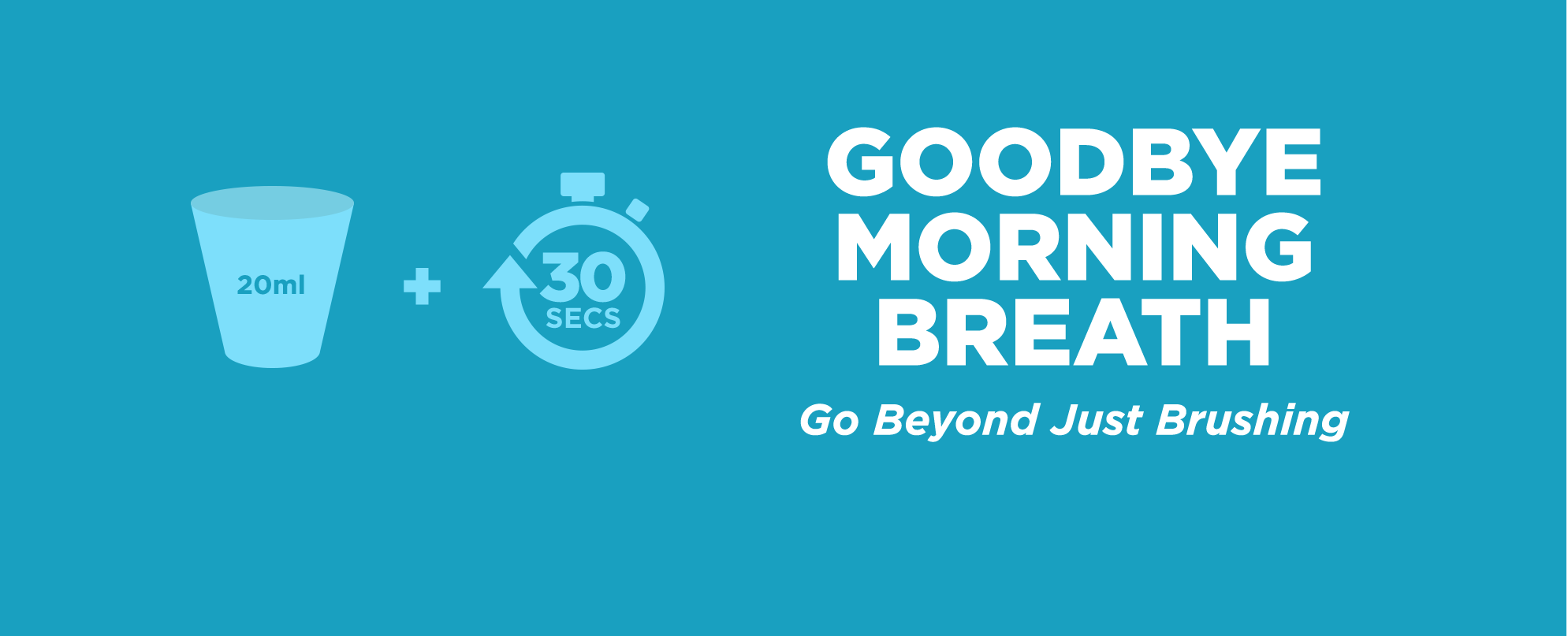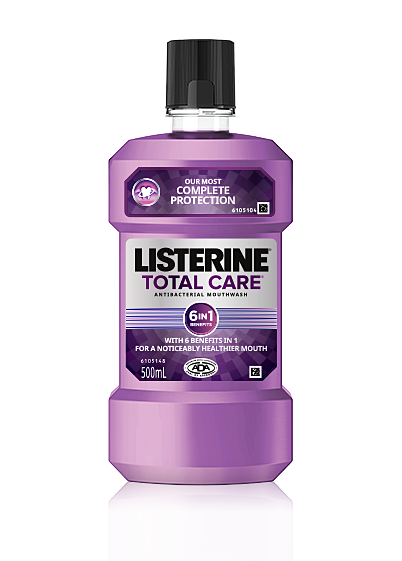Oral Care Tips
Simple steps to better oral hygiene
Taking care of your teeth and gums
It is important to keep our teeth and gums healthy like the rest of our body. By making a few small changes to our daily oral routine, we can keep our teeth in better shape for longer.
Eat good foods
We’re all too aware that eating healthily benefits us in the long run, but did you know that eating certain ‘good’ foods can also help to remove stains from your teeth? Foods such as; apples, pears, celery, carrots, cauliflower, cucumbers, strawberries and raw vegetables contain natural fibres that combine with saliva to naturally clean teeth and remove bacteria.
Equally there are some foods which can do the opposite and stain teeth quickly. Be careful of coffee, tea, blueberries, blackcurrants, citrus fruit juices, carbonated drinks and red wine. As a rule of thumb, if a food can stain a white cotton shirt, it can stain teeth.
Brush better
Proper brushing takes at least two minutes — that's right, 120 seconds, but most adults do not come close to brushing for that long. To get a feel for the time involved, try using a stopwatch. To properly brush your teeth, use short, gentle strokes, paying extra attention to the gum line, hard to reach back teeth and areas around fillings, crowns or other restoration. Concentrate on thoroughly cleaning each section.
Remember to clean all teeth and surfaces – outside, inside, biting surfaces and along the gum-line.
If your gums bleed, don’t stop brushing. This may be due to the early stages of gum disease and thorough brushing should help reverse this. Visit your dentist or hygienist if your gums still bleed after two weeks of thorough brushing.
For fresher breath, be sure to brush your tongue, too.
Knowing how to brush is nothing without having the right tool for the job. Most dental professionals agree that a small-headed, soft-bristled brush is best for removing plaque and debris from your teeth. Powered toothbrushes can do a better job of cleaning teeth, particularly for those who have difficulty brushing or who have limited manual dexterity. You should also replace your toothbrush when it begins to show wear, or every three months, whichever comes first.
Flossing
No matter how hard you try, there are areas that a toothbrush simply cannot reach. Using dental floss or an inter-dental brush can help remove particles of food and plaque from these hard to reach places.
Flossing correctly is important and your dentist or hygienist can show you how to floss if you are unsure. Again, your gums may bleed a little when you first start cleaning between your teeth but over time this will soon stop.
Rinsing
A 30 second rinse twice a day kills bacteria all over your mouth, that brushing and flossing miss.


